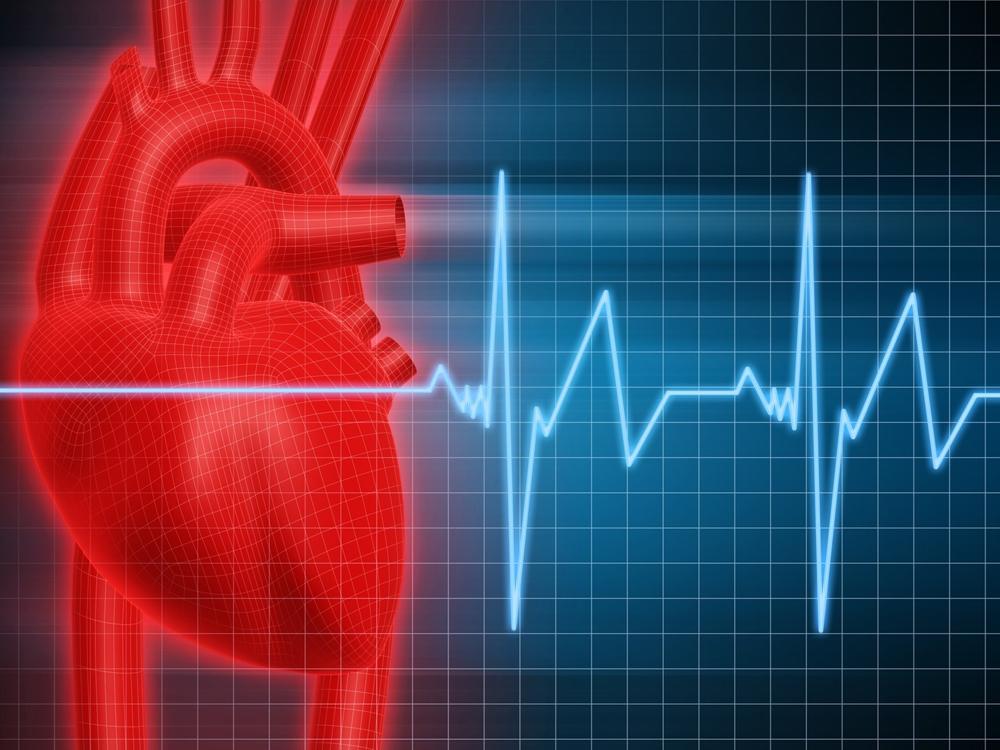Leadless Pacemaker: New hope for patients with heart rhythm problem
Leadless Pacemaker: New hope for patients with heart rhythm problem

By Anish SinghnnNEW DELHI (INDIA): When a young ophthalmologist experienced black-out spells, dizziness and a sensation of nausea, little did he realise that his heart was in trouble.nHis heartbeats were irregular, abnormal and missing and he was going through a condition termed as ‘arrhythmia’.nnThe thirty-seven-year-old man was diagnosed with evident symptoms of abnormal heart rhythm by Dr Vanita, Director and Head, Cardiac Electrophysiology Lab and Arrhythmia Services at Max Devki Devi Hospital.nnA simple ECG indicated the extent of the medical condition and there was little doubt in Dr Vanita?s mind on the line of treatment to be taken.nThe patient had to be implanted with a pacemaker immediately to correct the heart condition.nnOver the past 60 years, significant advancements have been made in the manufacturing and clinical use of pacemakers, to which Dr Vanita Arora, Director & Head, Cardiac Electrophysiology Lab & Arrhythmia Services, Max Devki Devi Hospital said, ?There have been continuous technological advancements in cardiac pacing in India.nPacemakers have decreased in size and increased in functionality and reliability.nTheir batteries have lasted longer.nn? Micra?s radically miniaturized size coupled with its utility in minimally invasive procedures have created a significant wave of interest around the globe and facilitated potential impact on the patients in form of walking out of hospital within 24 hours.nnThis case goes to show that transcatheter pacemakers can make a world of difference in young patients suffering from emergency heart problems, that too, without open-chest surgeries, she added.nnDr Arora added, ?In a conventional set up, the pacemaker leads detect the heart?s own electrical activity, and transmit this information to the generator.nnThe generator in turn uses that information to decide whether, when, and where to pace the heartbeat.nnIf one?s heart rate becomes too slow, the generator transmits tiny electrical signals, thus stimulating the heart muscles to contract immediately.nnBut here, in leadless pacemakers like Micra, they are placed directly in the heart without the need for creating large surgical pockets and insulated wires.nnThis makes the entire process infection free, simpler and more effective.nn? There is an increasing need of recognizing the problem of arrhythmia in patients in India.nnThere is no age when this medical condition manifests itself and needs to be treated urgently.nnCardiac arrhythmia or dysrhythmia is a heart disease in which there is irregularity in heartbeats.nnHowever, this condition is not to be confused with heart attack as the two do not necessarily occur together.nnHeart attack can occur with normal heart rate but with Arrhythmia, heart rate is either slow or rapid.nn





